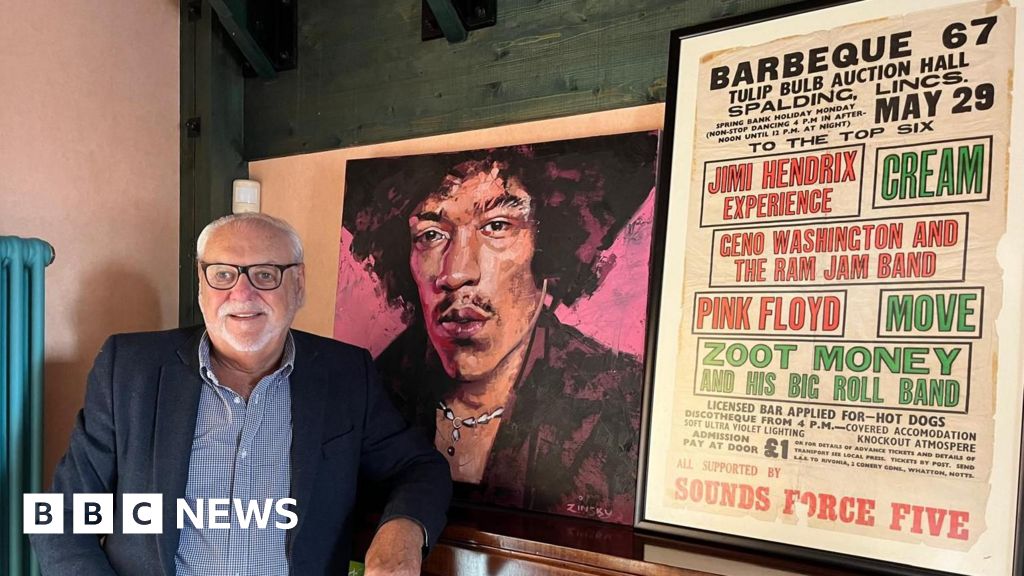A dietitian shares 3 underrated foods to help you eat more protein and fiber while saving money
This story is available exclusively to Business Insider subscribers. Become an Insider and start reading now. You don't have to overhaul your diet — or break the bank — to eat healthier. Simple recipes and cheap grocery staples can make it easy to add more protein and fiber to your diet, Kylie Sakaida, a registered dietitian who's the author of the coming cookbook "So Easy So Good," told Business Insider. Sakaida, whose accessible cooking tips have earned her more than 6 million followers across her social media pages, said she often hears from fans who have been intimidated by complex or conflicting nutrition advice. She once felt that way herself. Learning to cook taught Sakaida — and, in turn, her followers — new techniques to be healthy without being restrictive, deprived, or stressed. "It's about what you add, not what you cut out, and, at the end of the day, food should be enjoyable, effortless, and fit into real life," she said. To eat healthier without the hassle, try three of her top picks for high-protein, high-fiber ingredients. Tofu is an easy, cheap source of heart-healthy protein Don't be intimidated by tofu's blocky shape or bland flavor; it's a great blank canvas to add plant-based protein to a variety of dishes, Sakaida said. "People who aren't familiar with tofu don't realize how versatile it is," she said. "It just soaks up flavor." One of her favorite recipes is Sriracha honey tofu, which includes coating the tofu in cornstarch to make it crispy and using a bold sauce to make it tasty. Soy proteins such as tofu are complete proteins, which means they contain all the essential amino acids needed for health and can help lower cholesterol for better heart health. Canned beans can add protein and fiber to tons of meals Legumes such as beans and chickpeas are some of the healthiest foods you can eat, and they're also among the cheapest and easiest groceries to find at the store. Canned beans are a staple for Sakaida because they're versatile, affordable, and packed with nutrients. "It's the ultimate source of fiber and plant-based protein," she said. Sakaida incorporates canned beans in recipes ranging from salads to soups to breakfast. Beans are also a star ingredient in recipes such as her tahini chickpea and sweet potato bowl, which Sakaida said she makes on repeat as a quick, healthy meal. Frozen fruit and veggies are great for smoothies and shakes Sakaida said one of her biggest healthy eating hacks as a dietitian is stocking her freezer with produce, which can save money, reduce food waste, and make it convenient to eat more fruits and vegetables. Related stories Business Insider tells the innovative stories you want to know Business Insider tells the innovative stories you want to know Frozen produce is just as healthy as fresh, and options such as berries and spinach are often cheaper and longer lasting from the freezer aisle. "Even if I don't eat it this week, I can use it later. The nutrition value is still there," she said. One of her go-to ways to enjoy frozen fruit and veggies is a high-fiber, high-protein shake. Try Sakaida's recipe for a "peanut butter and jelly" smoothie. To make it, blend together: Your favorite frozen fruit (such as strawberries or blueberries) Vanilla Greek yogurt Peanut butter Protein powder Spinach (frozen or fresh) You can customize the recipe with whatever you happen to have on hand or to match your preferences or unique dietary needs. Sakaida said these strategies for quick, nutritious snacks and meals are part of her overall approach to making healthy eating more accessible. "The biggest takeaway from nutrition is that it doesn't have to be all or nothing," Sakaida said. "Small, realistic changes like adding more fiber, protein, and bold flavors can make meals both satisfying and nourishing without feeling restrictive." "So Easy So Good" is out April 8.

















